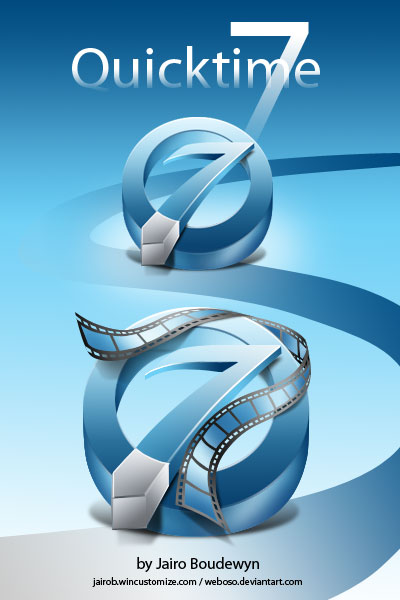
New colored tabs keep versions and alternate takes in plain sight. Markers even ripple automatically with changes in the Timeline-giving the first cut and the final cut equal searchability. Going over notes with your producer, special effects designer and sound mixer is now as simple as choosing a color. Tags can later be exported as a spreadsheet. All notes are searchable using "Find" (Command+F).

Tagging a dialogue transcription to a clip makes finding key scenes or important lines easy. Notes and custom data are easily appended to clips as they play. Different colored markers can be used to identify everything from needed special-effects composites to ADR and Foley sound requirements. The addition of color-coded markers allows editors a simple means of locating and adding comments to content on the Timeline. This simple addition is one of several new features that allow for greater collaboration. A resizable Timecode window makes logging notes and going over edits with colleagues much easier.

The Browser, Viewer, Canvas and Timeline are virtually identical to those found in Final Cut 6. If you've used previous versions of Final Cut Pro or even Final Cut Express, you'll be pleased to find the workspace of the latest version much the same.

These updates have always been informed by the latest innovations in both Apple hardware and OS software deployment. With each subsequent release, the software has offered greater stability, reliability, and productivity in the ever changing moving-image space. In that time, the professional, nonlinear video application has seen many improvements and features added. It's been more than 10 years since Apple brought its first version of Final Cut Pro to market.


 0 kommentar(er)
0 kommentar(er)
